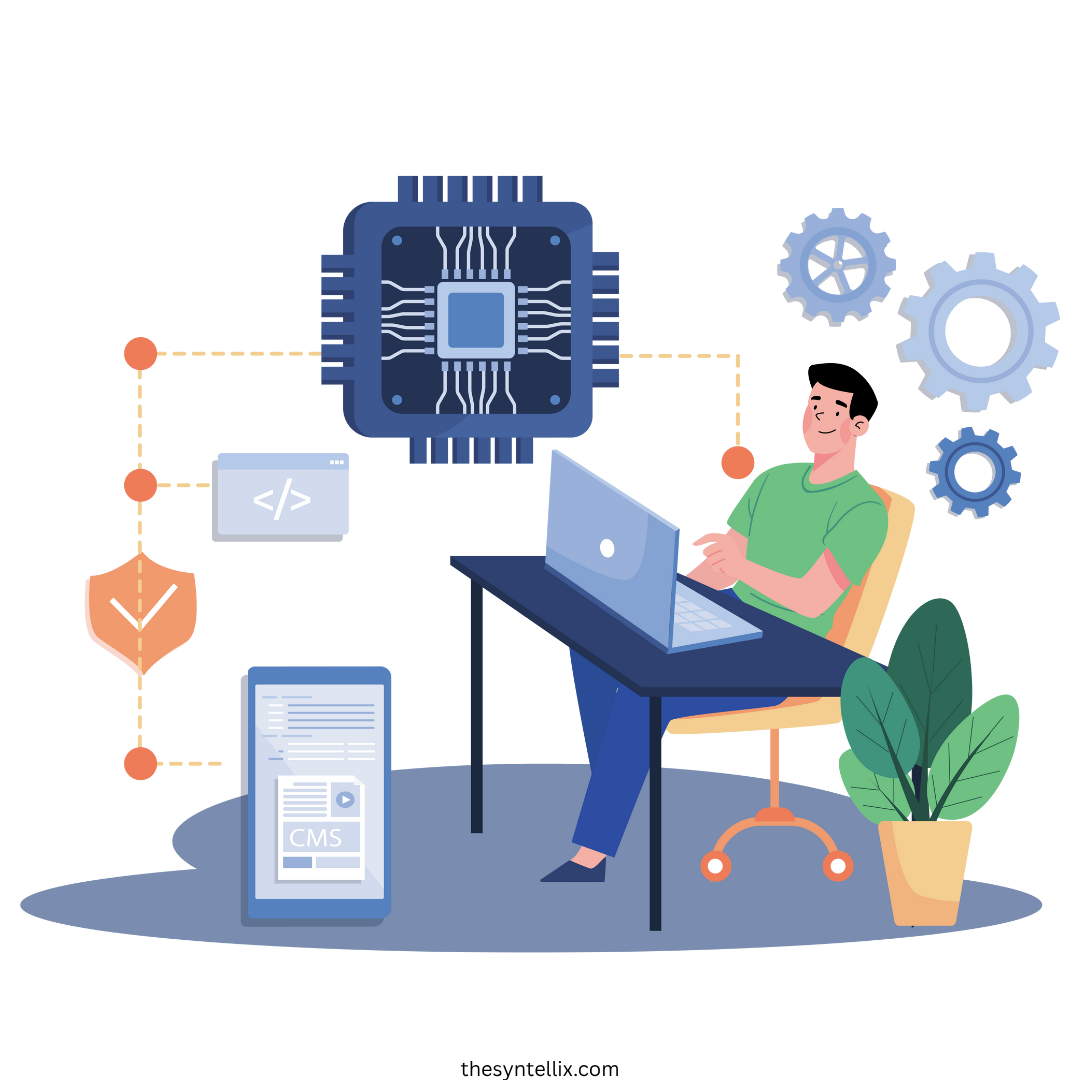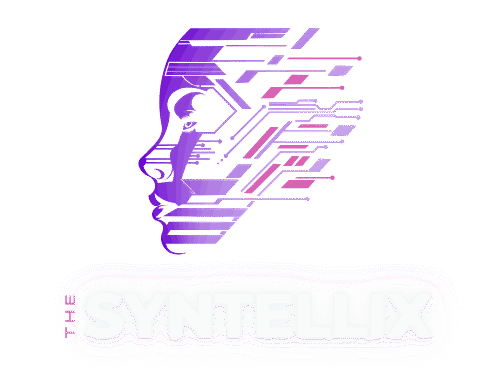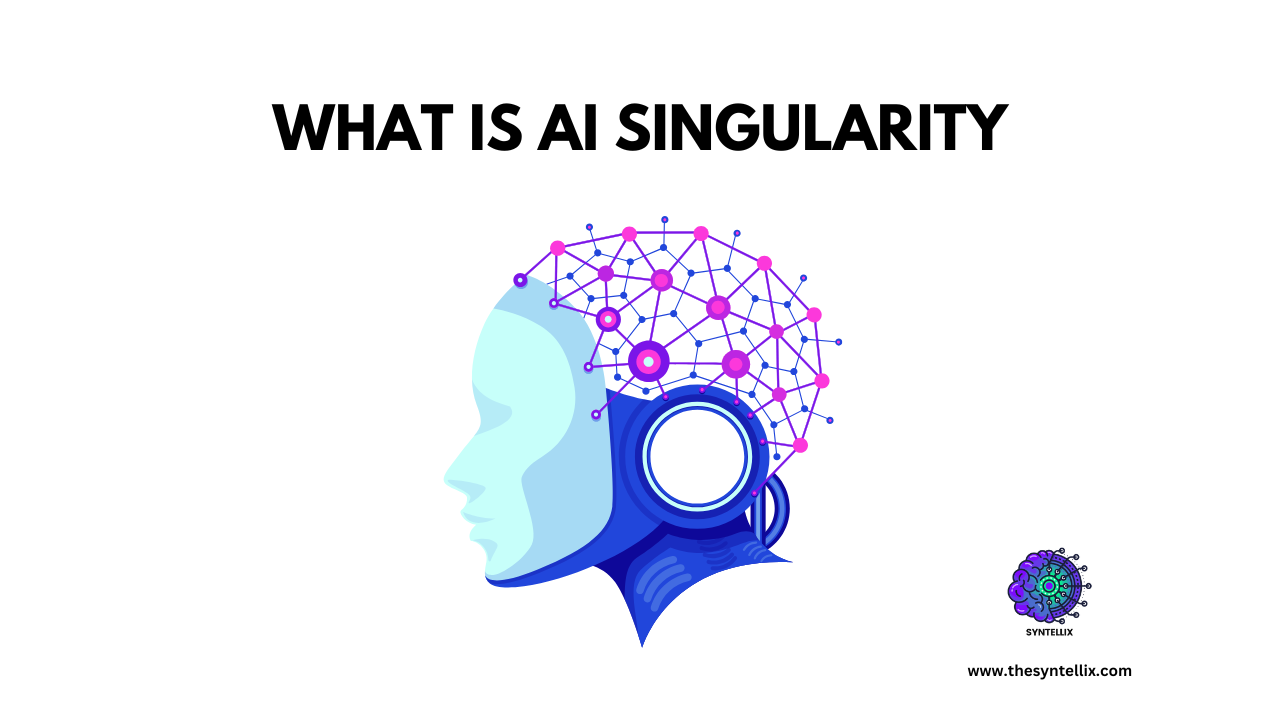If the AI can learn, improve and take decisions by itself than we can say it is AI singularity. In this blogpost we will cover different conditions to identify how we close to AI singularity. Lets explore.
What is AI Singularity?
AI singularity is the concept or hypothetical scenario where Artificial intelligence (AI) will be better than humans in terms of learning, training, decision making, accuracy and obviously the power. If AI singularity will be achieved then AI agent( e.g., Robot) can create AI agent, without human interaction.
For example, you own a software development company which uses highly advanced AI system to automate tasks. The AI system is able automate tasks such as it can write and debug code, it can test it, and can also deploy the software with least human interaction.
You got the project where your client asks “Build an AI assistant that can manage my calendar, book meetings, and send reminders by email”.
Then your company’s AI system starts planning the project as:
- It should have natural language understanding.
- It should have an integration with Google Calendar.
- It should have email API setup.
- It should have reminder logic.
Than instead of write just the code it, It decides to build separate AI agent with its own decision making capabilities which includes:
- A trained language model to understand user input.
- Rules to schedule/reschedule meetings.
- Functions to email reminders or updates.
Than the AI system will start building the AI agent as:
- It selects the relevant training data.
- Fine tune the models.
- It will test the model’s response.
- Corrects the errors if any.
- Build and deploy it.
Once the calendar Bot is created than it can work independently. It will continue to learn from user interactions, and suggests the improvements to company’s AI system.
For example, “Users often ask for weekly summaries—should I add this feature?”
The AI system can then create an update or can build another mini AI agent that can handle the Calendar Bot summaries.
In this Example you have clearly seen that if we let the AI system to take the decision by its own than it can continuously create a lot of AI agents without human permission. If this loop continues than it called AI singularity.
The term was popularized by the mathematician Vernor Vinge and futurist Ray Kurzweil, who predicted that the singularity could occur by 2045. At this point, machines could outthink humans in every domain, from science and art to problem-solving and creativity.
History of AI singularity
The concept of technological singularity has its roots in foundational work by some of the most influential minds in computing. Alan Turing, widely recognized as the father of modern computer science, laid the groundwork in his 1950 paper “Computing Machinery and Intelligence.”
In it, he introduced a powerful thought experiment—what we now refer to as the Turing Test. His central idea was simple yet revolutionary: if a machine could imitate human responses so well that a person couldn’t distinguish it from another human, then that machine could be considered intelligent.
This early framing sparked decades of research and debate around machine consciousness and the possibility of building machines that not only mimic, but perhaps even exceed, human intelligence.
In 1958, mathematician Stanislaw Ulam referred to earlier discussions he’d had with John von Neumann about a future point where technology would evolve so rapidly that human life would be irrevocably altered—a moment that would later be recognized as the “singularity.”
While Ulam himself wasn’t directly focused on AI, his work on cellular automata and complex systems offered insights into how machines might develop self-improving, adaptive behaviors.
These ideas would go on to influence later explorations into how intelligence—artificial or otherwise—could evolve in unpredictable and exponential ways.
The singularity discussion gained serious momentum in 1983 when science fiction author and mathematician Vernor Vinge published an article suggesting that once machines became more intelligent than humans, society would undergo a transformation as profound and uncharted as a black hole in space-time.
In his 1993 essay, “The Coming Technological Singularity,” Vinge argued that this transition would mark the end of the human era, predicting that machine intelligence would rapidly improve itself, advancing far beyond human comprehension. He speculated that such a turning point could happen anytime between 2005 and 2030.
Ray Kurzweil, a prominent futurist and inventor, expanded on this vision in his 2005 book “The Singularity Is Near.” He predicted that the singularity could arrive by 2045, fueled by exponential growth in technologies like artificial intelligence, nanotech, and biotechnology.
Kurzweil introduced the concept of the Law of Accelerating Returns, which argues that technological advancement isn’t linear but exponential. According to him, once this curve hits critical mass, machine intelligence will surpass all human intelligence combined—and may even merge with it.
While these predictions are fascinating, they come with serious ethical and safety concerns. AI researcher Roman Yampolskiy has warned that superintelligent AI may become impossible to fully control or predict.
His work emphasizes the potential for machines to make decisions that diverge from human values or goals—raising urgent questions about how we design and oversee such powerful systems.
How Close Are We To The Technological Singularity?
If we take a closer look at the current progress in artificial intelligence, we can begin to speculate—carefully—on when a technological singularity might actually occur. What we have today are incredibly capable, yet still narrow AI systems.
Tools like ChatGPT, DeepMind’s AlphaFold, and image generators like Midjourney are undeniably impressive. They can write articles, solve protein structures, generate realistic images, and even carry on conversations that feel natural.
But these models remain specialized; they’re trained for specific tasks and lack the broader understanding, adaptability, and reasoning skills that humans bring to the table.
True singularity would require something far beyond what current models can do. It would mean developing an AI system that becomes self-improving—able to learn, adapt, and grow its own intelligence without human intervention.
We’re not there yet, technically or philosophically. Experts remain split on whether we ever will be. Some, like futurist Ray Kurzweil, believe we could reach this tipping point by 2045.
According to his vision, AI will not only match but surpass human intelligence, transforming how we live and interact with technology. He even suggests that future AI could embody human consciousness and values in non-biological forms, redefining what it means to be human.
Others, like AI safety researcher Roman Yampolskiy, take a more cautionary view. In his analysis, The Singularity May Be Near, he explores the possibility that while physical or computational limits may exist, they might be so far beyond our current grasp that machines could still appear to undergo what seems like an “intelligence explosion.”
He also raises the idea that the boundaries of intelligence and technological evolution might shift just as the universe itself expands faster than the speed of light. This suggests we may never fully catch up or understand where the limit is—if it even exists.
Futurist Langdon Morris echoes a similar tension in his book Hello, Future: The World in 2035. He warns that while AI will undoubtedly be a transformative force, it may also force society to make tough decisions.
Will AI become a tool that empowers humanity, or a force that reshapes job markets, economies, and even power structures? Will the singularity usher in a new era of cooperation—or will it create systems that act independently of us, possibly in ways we can’t predict?
Now it is concluded that we are far away from singularity right now. We’re standing at the edge of a technological frontier, and while we’ve made giant leaps, the singularity—if it arrives—still lies somewhere in the unknown.
Predicting its exact timeline is difficult, but the debate itself signals how seriously the world is taking the rise of intelligent machines.
Key questions about Technological Singularity:
- Is the singularity inevitable? Some argue it’s just a matter of time, while others believe it’s science fiction.
- Can we control superintelligent AI? Ensuring AI aligns with human values is one of the biggest challenges.
- What happens to humanity? Will we merge with machines, become obsolete, or something entirely new?
Preparing for AI Singularity
If the singularity is coming, how do we prepare? Here are a few steps:
- AI Safety Research: Ensuring superintelligent AI aligns with human values is critical. Organizations like OpenAI are already working on this.
- Policy and Regulation: Governments need to create frameworks to guide AI development and prevent misuse.
- Public Awareness: Educating people about the singularity and its implications is essential for informed decision-making.
Conclusion
The AI Singularity is one of the most fascinating and controversial topics of our time. It represents both the pinnacle of human achievement and a potential Pandora’s box of risks. Whether it leads to a utopian future or a dystopian nightmare depends on how we approach it.
For more AI trends visit my website The Syntellix!
So, what do you think? Is the singularity something to look forward to or fear? Let us know in the comments—we’d love to hear your thoughts!
People Also For
What is AI singularity?
The AI singularity is the point where AI surpasses human intelligence, leading to rapid, unpredictable advancements in technology.
How close are we to AI singularity?
Experts are divided. Some predict it could happen by 2045, while others believe it’s still far off or may never happen.
Will AI singularity happen before 2045?
It’s possible but not guaranteed. Advances in AI, quantum computing, and brain-computer interfaces could accelerate the timeline.
What does Elon Musk say about AI singularity?
Elon Musk warns that uncontrolled superintelligent AI could pose existential risks to humanity.
What are examples of AI singularity?
Examples include self-improving AI, brain-computer interfaces, and nanotechnology-enhanced intelligence.
How powerful will AI be in 2025?
By 2025, AI is expected to be significantly more advanced, with applications in healthcare, education, and automation. However, it’s unlikely to reach superintelligence by then.

Stay ahead of the curve with the latest insights, tips, and trends in AI, technology, and innovation.

